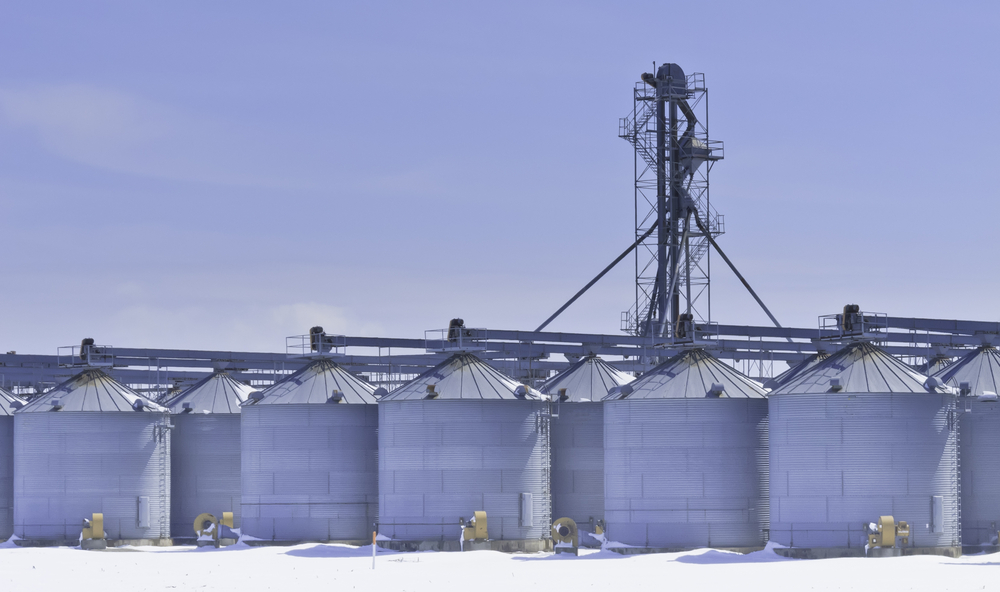Crop Basis and Its Impact on Farm Income
By Halderman
If you are a farmer, you probably know that finance and underlying economic factors are as important to the success of your operations as growing crops. The concept of a crop basis is one of those factors. In fact, it is at the heart of decisions about when to market or sell your crops.
Put simply, a crop “basis” is the difference between the cash price of a crop at your local elevator, warehouse or end-user and the nearby futures price as determined by the Chicago Board of Trade. The nearby futures price is the contract with the closest expiration date. When the basis is narrowing, it is indicative of high demand for a crop, and if the basis is widening, it is a signal that there is soft demand and that a farmer should wait for a more favorable basis.
Factors that enter into the crop basis
There are several key factors that inform how a crop basis is established. These include:
Transportation
Logistics and distance impact the cost of the crop. Physical proximity to major markets, export facilities, and end-users determine the cost of transporting a crop. Farmers closer to major river ports or export locations will have a lower basis versus farmers farther west of the Mississippi. In areas that are corn or soybean deficit (the end-users consume more than is produced locally) there will tend to be a stronger basis since demand outstrips supply.
Storage
Surplus crops translate into short-term storage problems. This, in turn, makes it imperative for growers to sell crops since elevators are at capacity. Additionally, growers are understandably reluctant to store crops outside, so this creates additional pressure to sell. The effect of surplus crops is consequently an increase to the basis (a widened basis), which is another way of saying the future price is increasing relative to the spot price.
creates additional pressure to sell. The effect of surplus crops is consequently an increase to the basis (a widened basis), which is another way of saying the future price is increasing relative to the spot price.
Local demand
Feed companies and processors who bid up local demand can impact the basis for a crop. If processors are anticipating higher fuel costs that can affect freight costs, they may urgently bid up prices to ensure fulfillment. Feed companies who want to avoid freight costs can also suddenly bid up the price for a crop if they anticipate adverse weather or restricted deliveries. A narrowing basis would be the outcome in either of these conditions.
Relative prices
If the basis is getting wider, farmers may commit to forward contracts for delivery at some determined point in the future where the price is offered with a better basis. Large yields will tend to generate excess local supply, and the basis will widen over time.
Tracking basis across different regions
Using geographic information systems and other analytical methods, heat maps can be used for tracking crop basis  across different regions. For example, using data for corn for March 2020, the map indicates that a positive basis is highest for regions in the southeast where transportation costs would likely be at the higher end of the range, and demand for livestock feed is much greater than local crop production covers.
across different regions. For example, using data for corn for March 2020, the map indicates that a positive basis is highest for regions in the southeast where transportation costs would likely be at the higher end of the range, and demand for livestock feed is much greater than local crop production covers.
Using basis for marketing
One obvious factor to keep an eye on if you are a farmer and coming up on harvest is the trend line for your particular crop basis. It is also important to figure in weather and logistics disruptions anticipated for the next quarter or two. Exploiting a narrow basis can make the difference between a profitable year and a loss. If possible, do not sell your crop if there is a wide basis relative to recent trends.
Halderman Real Estate and Farm Management track the Chicago Board of Trade nearby futures markets as well as the local cash markets to advise our clients on the timing of selling their harvest and on other crucial farm management principles. We look forward to serving you during these uncertain times.
